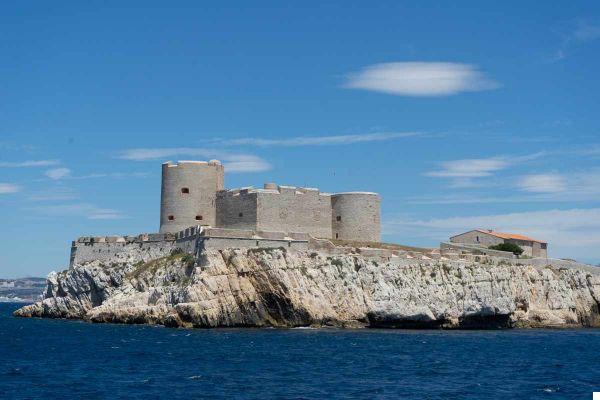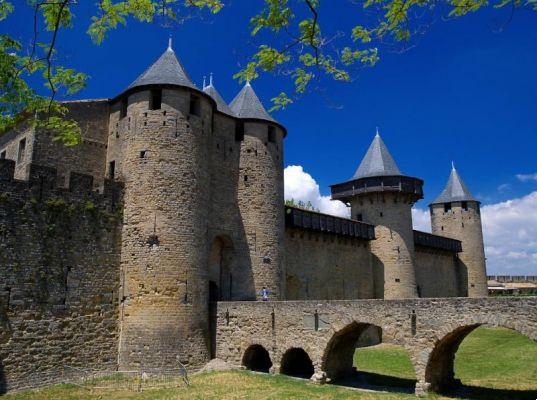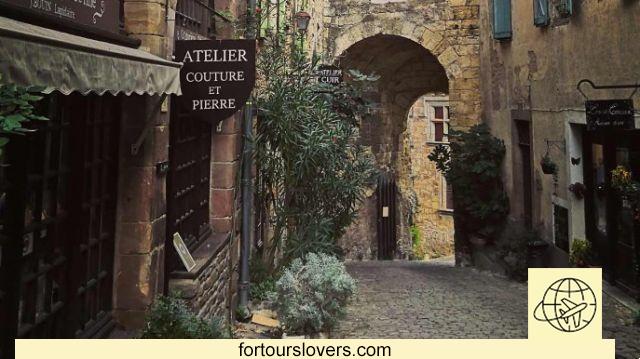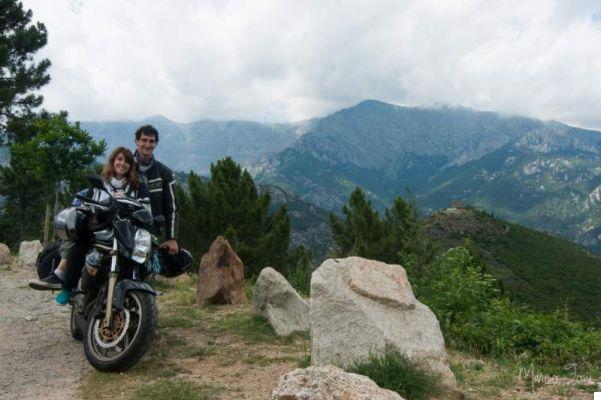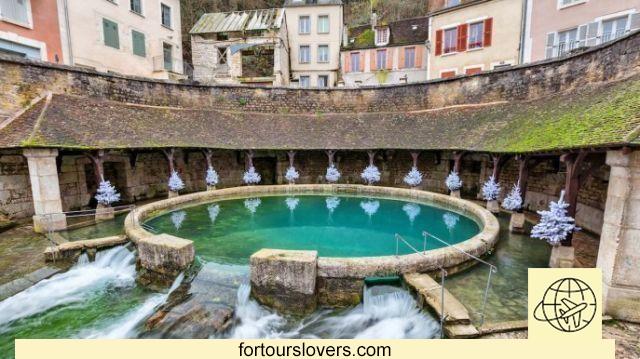
There are places in the world that have acquired an almost magical atmosphere, surrounded by an aura of mystery and numerous legends (often disturbing and dramatic): one of them is Dionne Pit, a natural underground spring that has created a true "bottomless pit." In France it has become a very popular attraction among tourists, which has undoubtedly benefited the small town where this pool of water is located. But Its origins are still shrouded in mists, thus increasing its attractiveness.
Fosse Dionne, the “bottomless pit”
We are Thunder, a small French village located in the Burgundy countryside: here tourists can admire Fosse Dionne, a karst spring fed by rainwater descending from the surrounding hills, which seeps between the limestone layers of the karst plateau in which the town is located, and then re-emerges inside the well. There is also at least one underground river that adds its water to the source of resurgence, although this has not yet been clarified. Indeed, Fosse Dionne's origins remain an unexplored mystery today..
we know a time the well was considered sacred: its very name is the evolution of “Divona”, which means divine. In Roman times, the spring served to supply water to the Oppidum of Tornodurum, and only later did the settlement that would later be called Tonnerre develop around it. According to some testimonies, one of the first references to Fosse Dionne dates back to approximately the year 600 AD, when Saint John of Réome He came to the place to clean what at that time was just an unusable swamp, to make the water drinkable.
In later times, the well was transformed into a laundry: in 1758, Louis d'Éon built a circular sink around it. with a diameter of 14 meters, but also a gallery covered with tiles and supported by small dark columns, so that the washerwomen were protected from the elements during their work. Small chimneys were then added to provide the ash needed by the laundresses (in those days, this was how clothes were washed). In 1920, Fosse Dionne was declared a historical monument and still attracts many visitors to France today.
The mysterious legends of Fosse Dionne
The mystery surrounding the origin of this source has inevitably led to birth of numerous legends. There are those who, in the past, believed that it was a kind of passage to another world, and it is even said that Saint John of Réome led an epic fight there against the basilisk that inhabited its depths, finally managing to defeat it and recover the well. Beyond the presence of giant snakes hidden in its waters, Fosse Dionne remains a mystery. No one knows how deep the source is., nor where it really leads.
The well opens into a submerged chamber, the entrance to which is visible from the surface. The cave has been explored. on several occasions, although it is a very difficult task: narrow passages and deep siphons, requiring diving skills and various decompression stops, have tested even the most experienced. The first expedition of which we have evidence took place in 1955, and subsequently many other explorers tried again, some never return. After these fatal accidents, diving became strictly regulated.
The last one to attempt the mission was French diver Pierre-Éric Deseigne, which submerged in the waters of Fosse Dionne in 2019: on that occasion it managed to reach a depth of almost 80 meters, without finding any trace of the seabed. Despite having thus surpassed the previous Record immersion, carried out by his colleague Patrick Jolivet, has not come close to unraveling the mystery of this bottomless pit.






